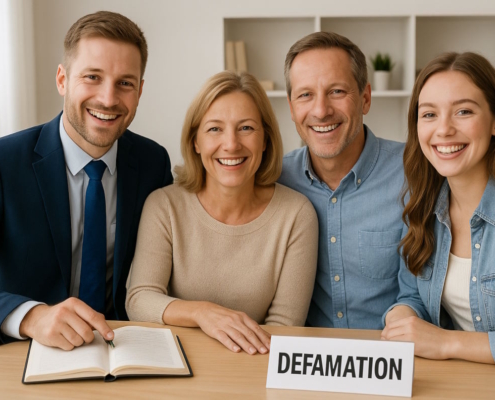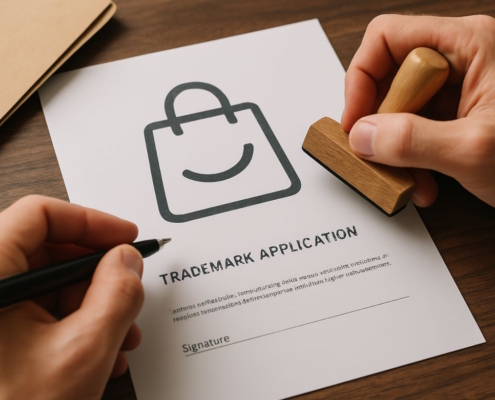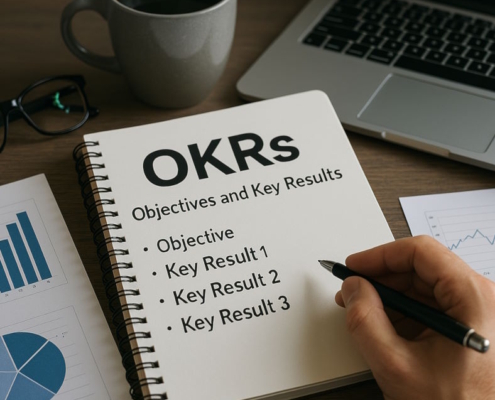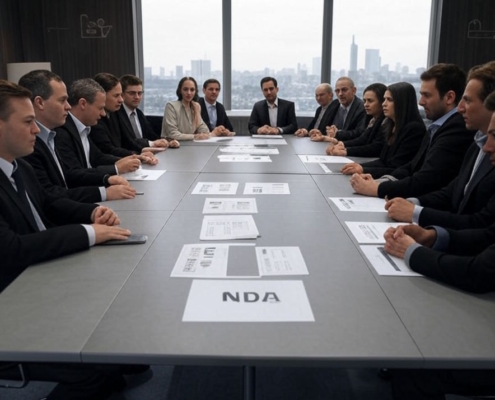Element 6: Causation and Damages
Reliance on the misrepresentation must cause plaintiff damage; misrepresentations without damage do not support a cause of action for deceit. (Beckwith v. Dahl (2012) 205 Cal.App.4th 1039.)
- The Misrepresentations Must be the Proximate Cause of Damage. The misrepresentation must be the proximate cause of the damage. (Id.)
- Standard of Proof Is by a Preponderance of the Evidence. The standard of proof requires that the party claiming fraud must prove the elements of the claim. The claim must be proven by a preponderance of the evidence. (The Grubb Co., Inc. v. Department of Real Estate (2011) 194 Cal.App.4th 1494.)
What are the remedies for fraud?
If fraudulent deceit is proven, the defendant is liable to the plaintiff “for any damage which he thereby suffers.” Civ. Code § 1709. However, damage recovery is limited to those consequences that the defendant could reasonably foresee when making the misrepresentation. (Melican v. Regents of University of California (2007) 151 Cal.App.4th 168.)
Compensatory Damages
The recipient of a fraudulent misrepresentation is entitled to recover as damages in an action of deceit against the maker the pecuniary loss to him or her of which the misrepresentation is a legal cause, including (a) the difference between the value of what he or she has received in the transaction and its purchase price or other value given for it; and (b) pecuniary loss suffered otherwise as a consequence of the recipient’s reliance upon the misrepresentation. (OCM Principal Opportunities Fund, L.P. v. CIBC World Markets Corp., 157 Cal.App.4th 835.)
Consequential Damages
A defrauded party whose claim is subject to the out-of-pocket measure of damages may recover funds expended to mitigate damages, provided that the funds do not exceed the damages prevented or reasonably anticipated. (Id.)
Emotional Distress Damages
Emotional distress damages are recoverable, but only when the defendant assumes a duty in which the emotional condition of the plaintiff is an object. It must be foreseeable that serious emotional distress may result from the fraud. (Friedman v. Merck & Co. (2003) 107 Cal.App.4th 454.)
Rescission
Upon discovery of fraud, plaintiff may have contract rescinded and recover damages incurred. (Denevi v. LGCC, LLC (2004) 121 Cal.App.4th 1211.)
Reformation
When through fraud or a mutual mistake of the parties, a written contract does not truly express the intention of the parties, it may be revised, on the application of a party aggrieved, so as to express that intention, so far as it can be done without prejudice to rights acquired by third persons, in good faith and for value. Civ. Code § 3399.
Restitution
A party that entered into a contract based on fraudulent misrepresentations may rescind the contract and secure restitution of those benefits lost to him by the transaction. Civ. Code § 1689(1).
Injunctive Relief
Injured plaintiff entitled to recover for any and all detriment proximately caused by the misrepresentation. Civ. Code §§ 1709-1710.
Prejudgment Interest on Damages
Jury has discretion to award prejudgment interest on plaintiff’s loss from the time plaintiff parted with the money or property on the basis of the defendant’s fraud. Civ. Code § 3288.
Punitive Damages
Punitive damages may be recovered where fraud is proven by “clear and convincing” evidence. Civ. Code § 3294(a). Punitive damages are not limited to affirmative misrepresentations. Intentional concealment of material fact provides an evidentiary basis upon which punitive damages may be awarded. Civ. Code § 3294(b)(3).
What is the statute of limitation for fraud?
The statute of limitations for deceit is three years. Civ. Code § 338.
The cause of action does not accrue until the aggrieved party discovers the facts constituting the fraud. However, a claimant has a duty to exercise diligence so as to discover the facts that would give rise to delayed discovery. Plaintiff must plead and prove facts showing (a) lack of knowledge; (b) lack of means of obtaining knowledge, or why the facts could not have been discovered at an earlier date through reasonable diligence; and (c) how and when plaintiff actually did discover the fraud or mistake. (Lee v. Escrow Consultants, Inc. (1989) 210 Cal.App.3d 915.)
What are the defenses to fraud?
Waiver
Accepting substantial benefit constitutes a waiver of any right to tort damages. (Oakland Raiders v. Oakland-Alameda County Coliseum, Inc. (2006) 144 Cal.App.4th 1175.)
































